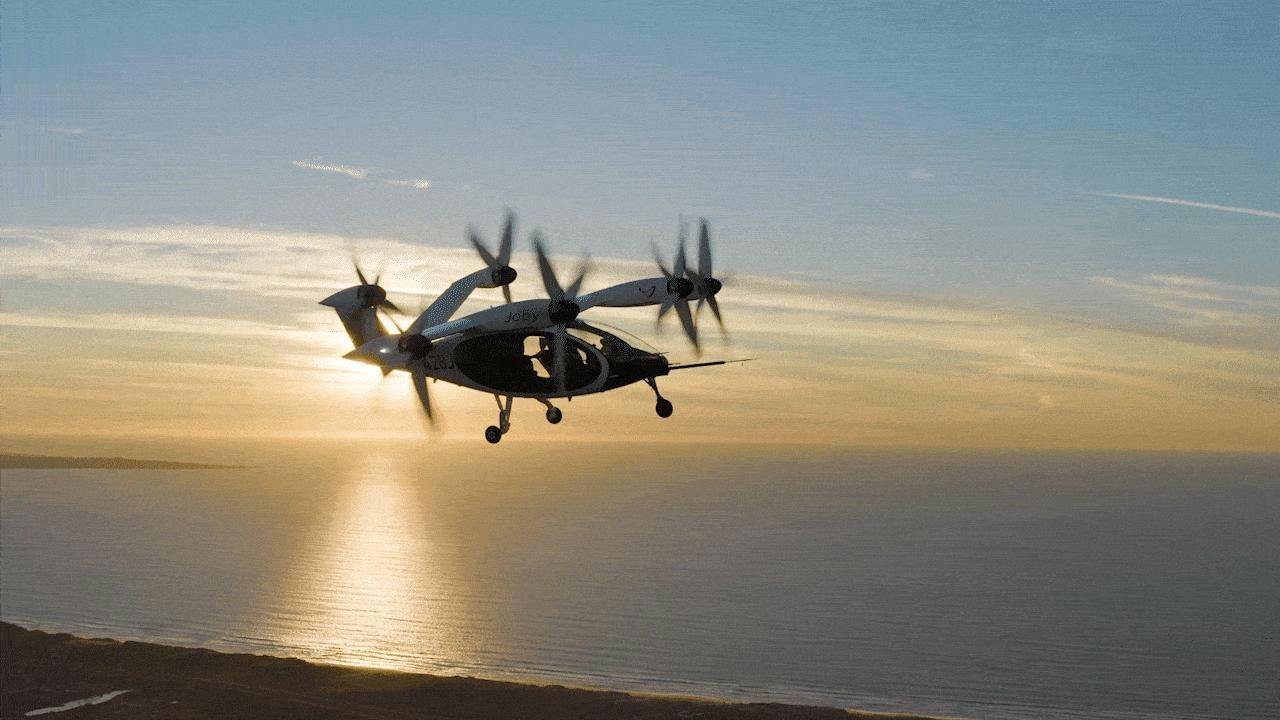
AeroGenie - مساعد الطيار الذكي الخاص بك.
الرائج الآن
Categories
Godrej Secures Pratt & Whitney Contract, Advancing India’s Aerospace Manufacturing
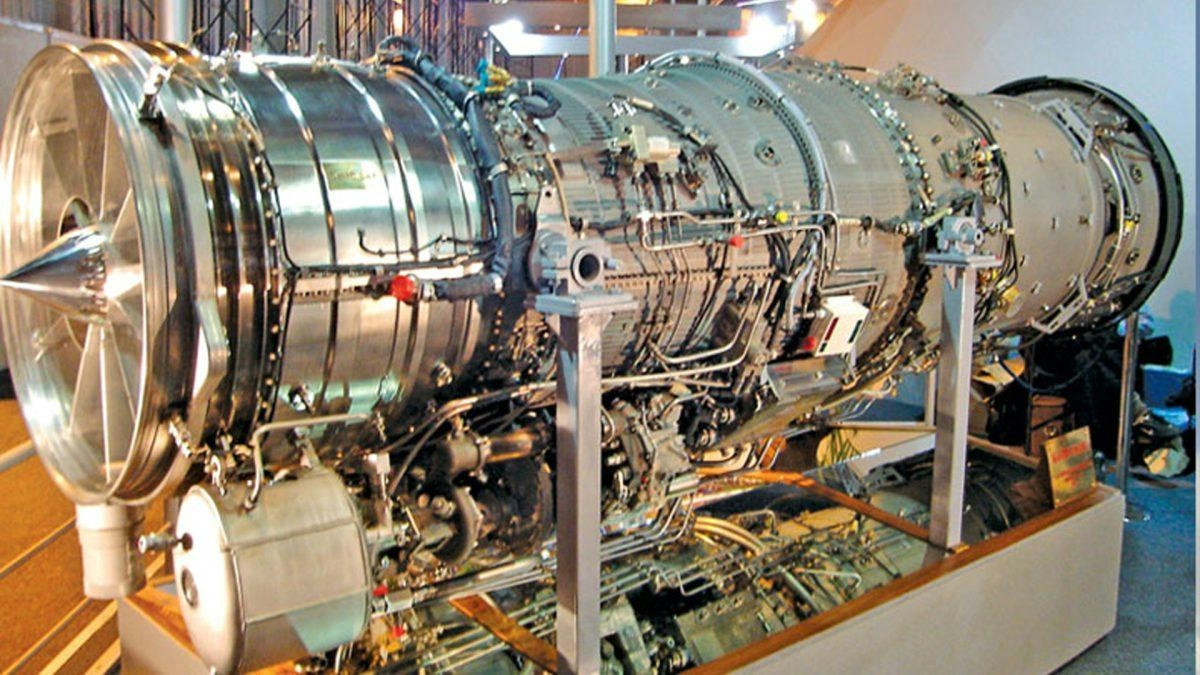
Godrej Secures Pratt & Whitney Contract, Advancing India’s Aerospace Manufacturing
Godrej Enterprises Group has secured a pivotal contract from Pratt & Whitney, a subsidiary of RTX, to manufacture complex aerospace components for engine applications. This agreement represents a strategic milestone for Godrej as it seeks to establish itself as a key supplier to global aircraft engine original equipment manufacturers (OEMs), while simultaneously expanding its technological capabilities and production capacity.
Strengthening India’s Aerospace Manufacturing Capabilities
Maneck Behramkamdin, Business Head of Godrej Aerospace, highlighted the significance of the partnership, noting that Godrej has long been at the forefront of high-precision manufacturing in India. He emphasized the company’s contribution to the nation’s aerospace ambitions and its drive toward self-reliance in critical technologies. The contract with Pratt & Whitney, he stated, is more than a commercial achievement; it is a testament to India’s growing expertise in complex aerospace manufacturing. By leveraging advanced infrastructure, deep technical knowledge, and adherence to global quality standards, Godrej aims to play a vital role in shaping the future of aviation manufacturing within the country. The company anticipates strengthening this relationship and expanding its presence in the global aerospace supply chain.
Currently, Godrej operates approximately 35,000 square meters of aerospace manufacturing facilities across India, with an additional 48,500 square meters under development. This substantial investment in infrastructure reflects the company’s vision to elevate India’s aerospace manufacturing sector to meet global standards and to increase its participation in the international supply chain for advanced aviation technologies.
Navigating Challenges and Market Response
Despite the promising outlook, Godrej faces significant challenges in fulfilling the Pratt & Whitney contract. The company must navigate the complexities inherent in aerospace manufacturing, maintain strict compliance with rigorous industry standards, and successfully integrate advanced technologies into its production processes. Meeting these demands will be essential to satisfy global partners and ensure sustainable long-term growth.
The market has responded positively to the announcement, with investor confidence in Godrej’s aerospace capabilities rising and optimism growing regarding the division’s future prospects. Industry analysts suggest that this development may prompt competitors to accelerate their own efforts to upgrade manufacturing capabilities or pursue strategic alliances to remain competitive in the evolving aerospace sector.
The collaboration with Pratt & Whitney is expected to accelerate Godrej’s ambitions, opening new avenues for innovation and reinforcing India’s position within the global aerospace supply chain. As the company continues to invest in infrastructure and technology, its role in shaping the future of aviation manufacturing in India is poised to expand further.
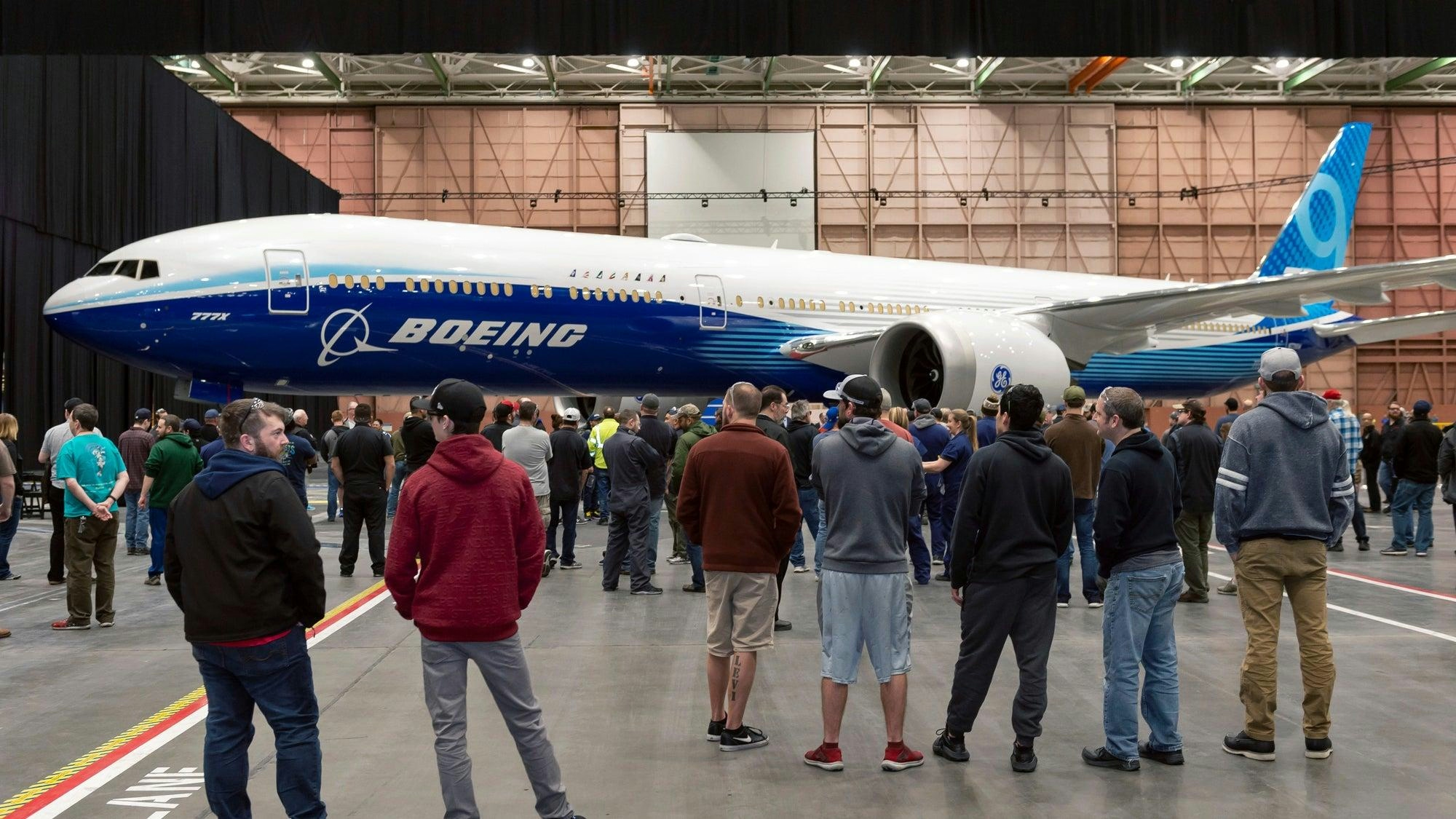
Why the Boeing 777X Is Limited to a Single Engine Type
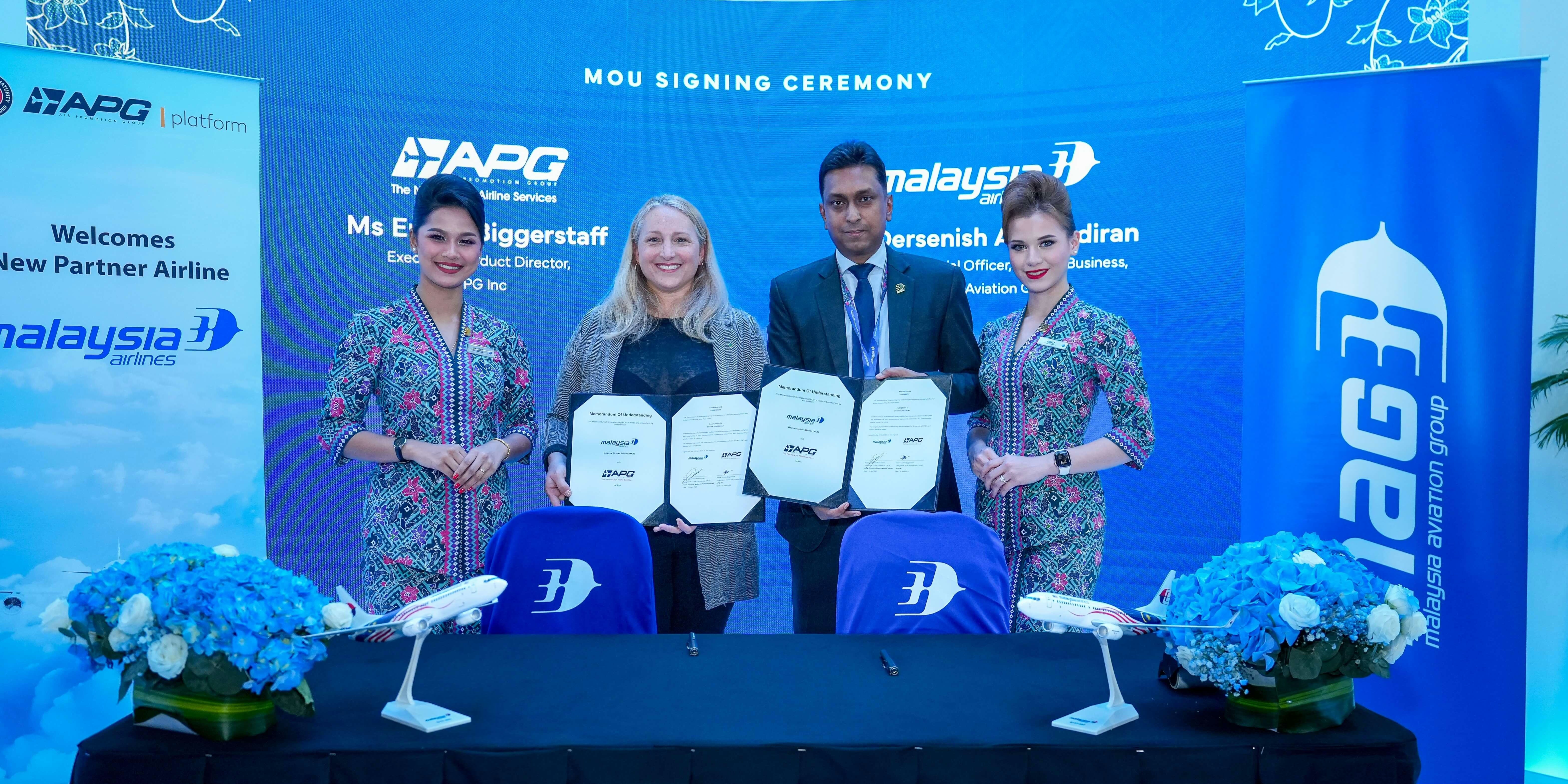
Malaysia Aviation Group Announces Long-Term Business Plan
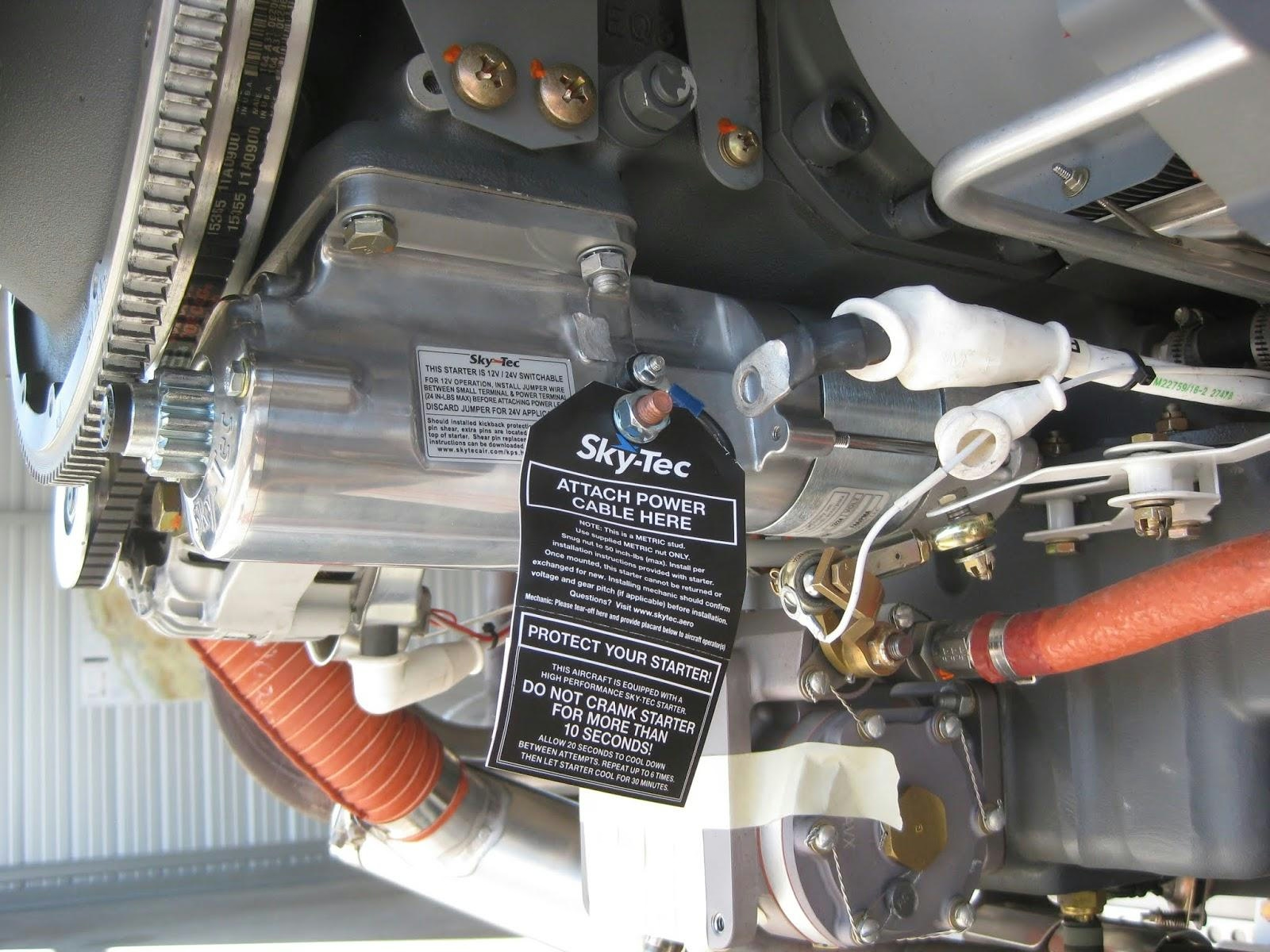
Hartzell Launches Sky-Tec Starter Line
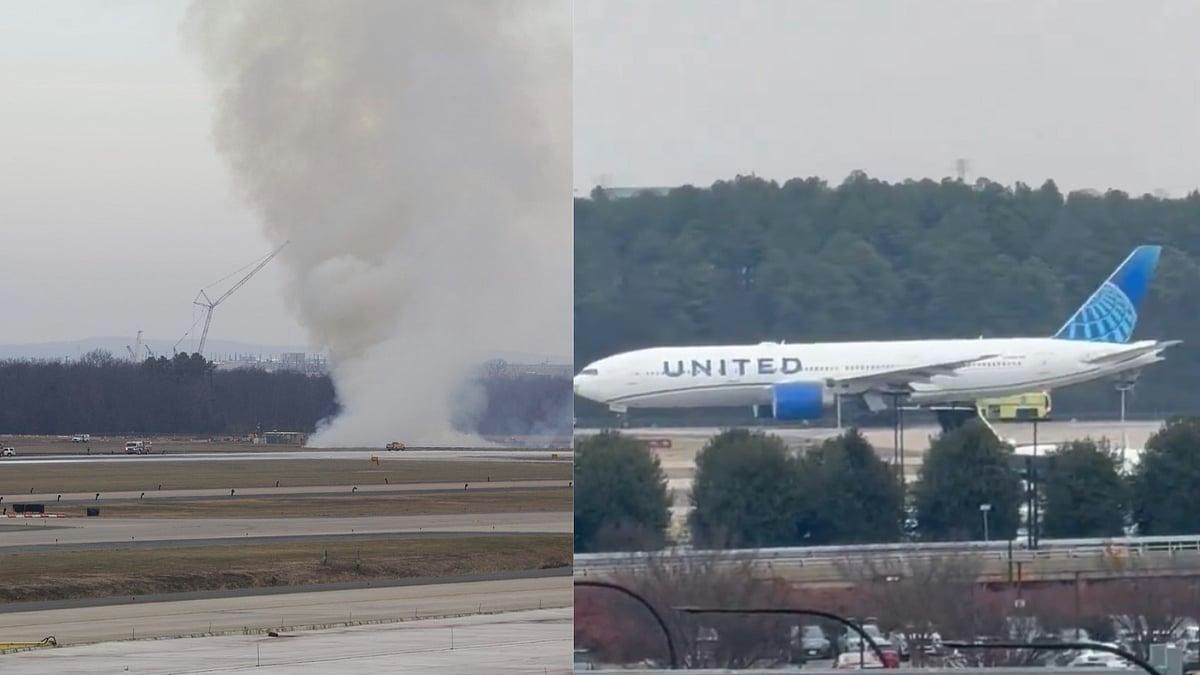
Boeing 777 Engine Failure Reported at Dulles Airport
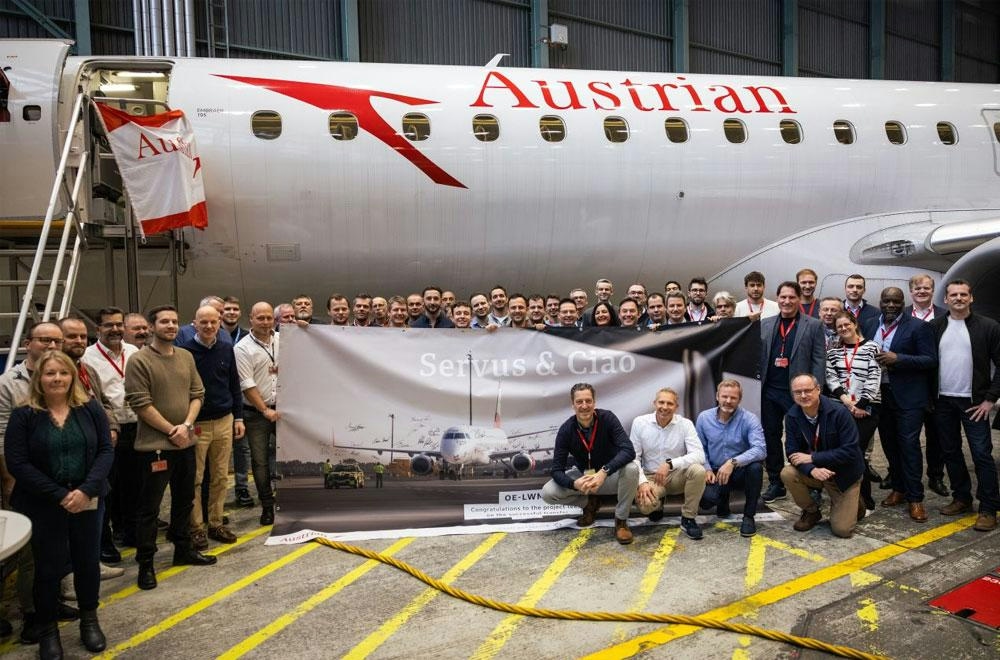
Austrian Airlines Transfers Embraer Fleet to Air Dolomiti

Airbus and Ingenium Open Aerospace Innovation Lab in Ottawa
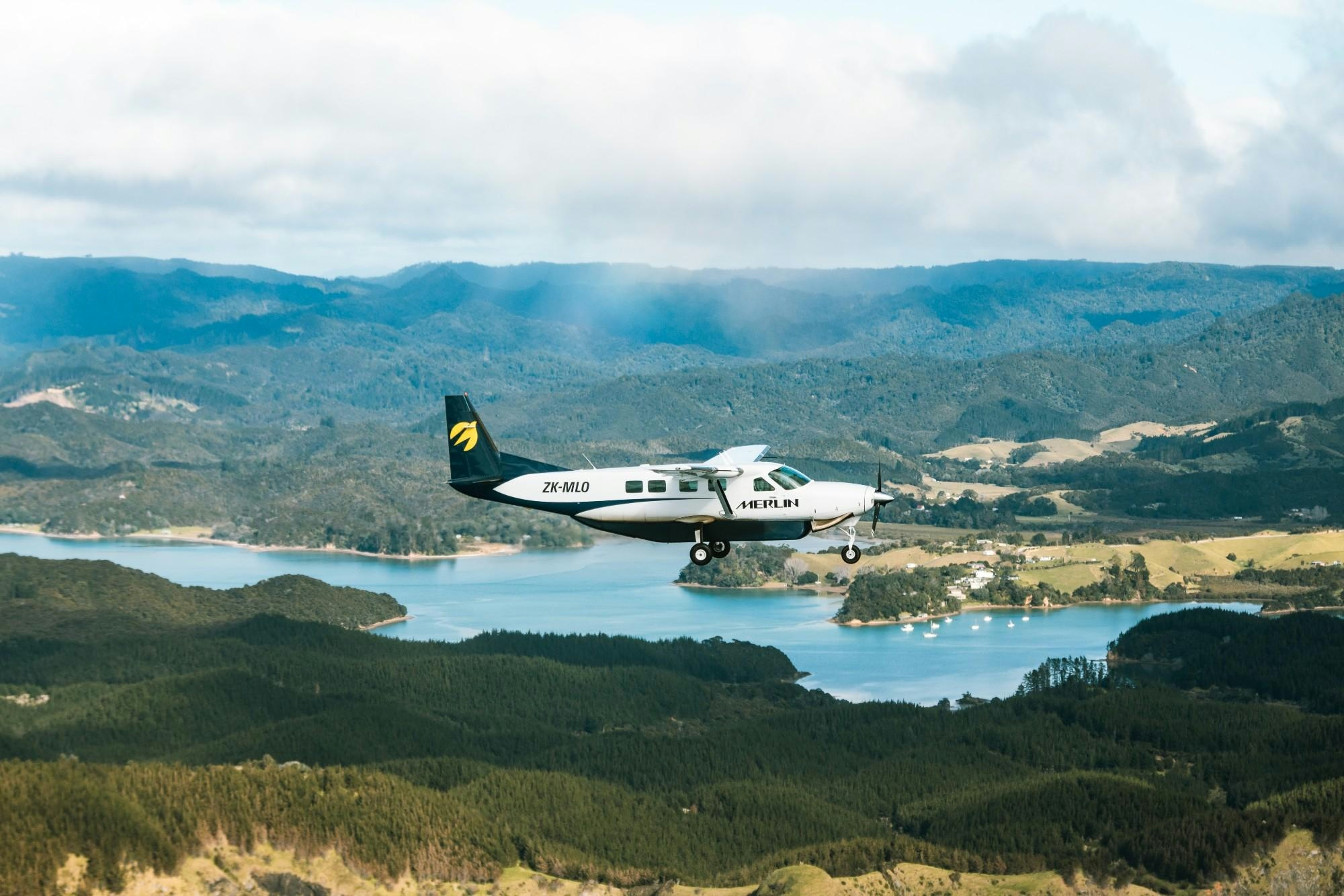
Merlin Labs: AI Aviation Company with SPAC Downside Protection
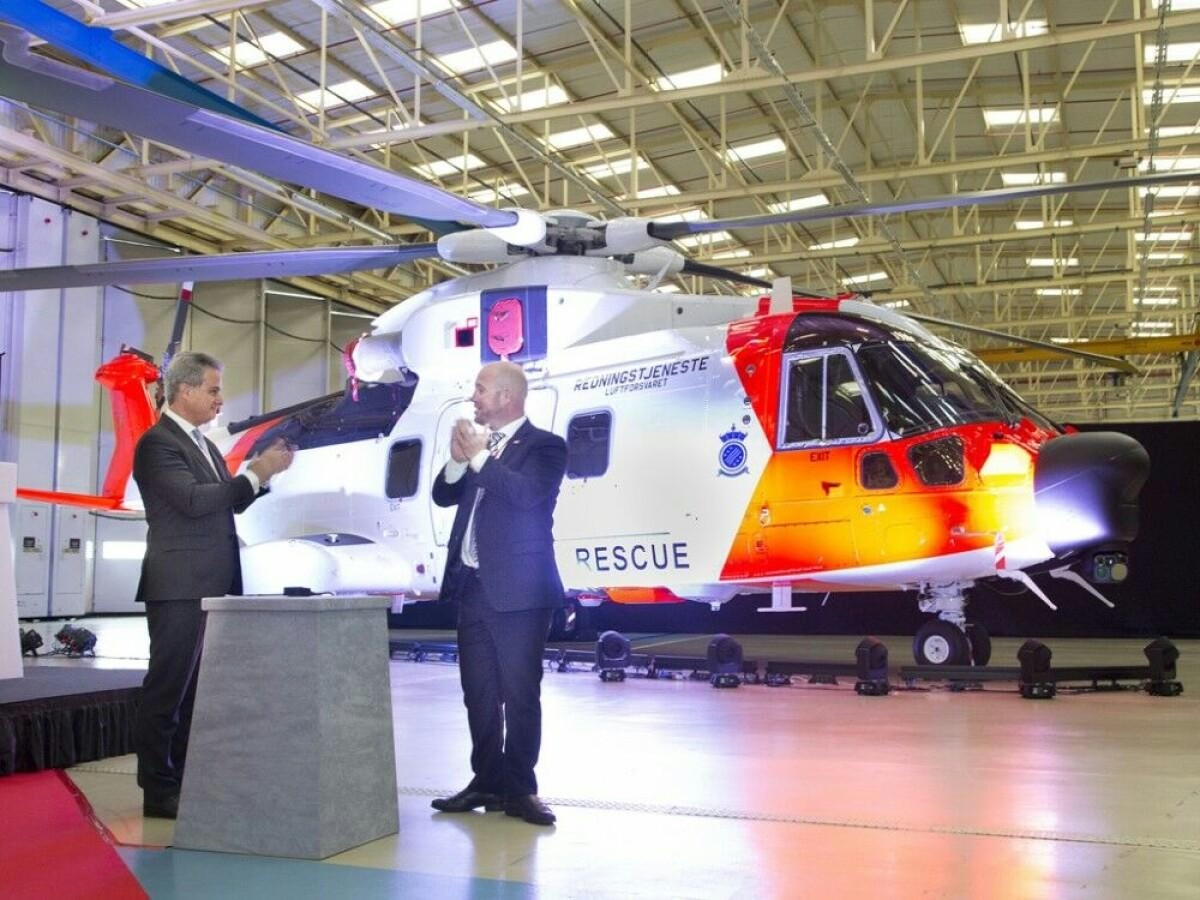
Heli-One Extends AW101 Search and Rescue Support in Norway

Falko Completes First Aircraft Sale in Japan
